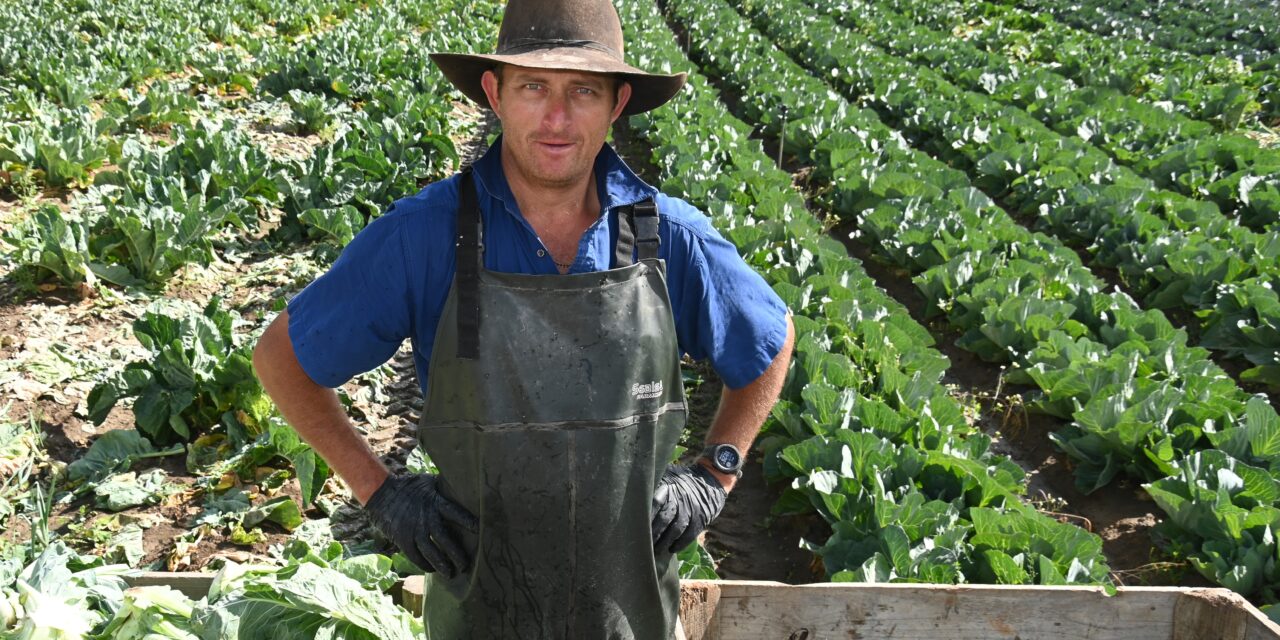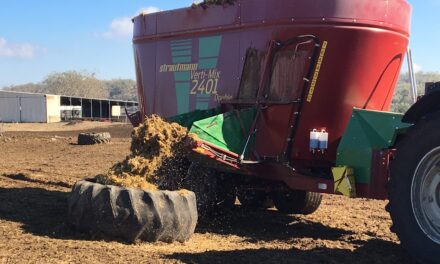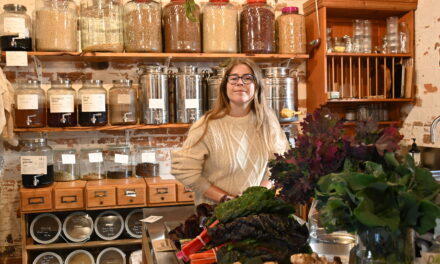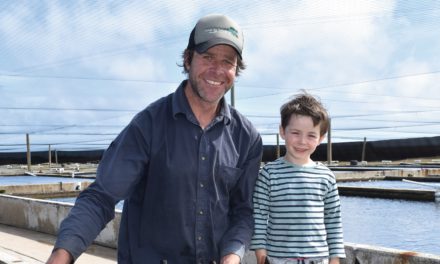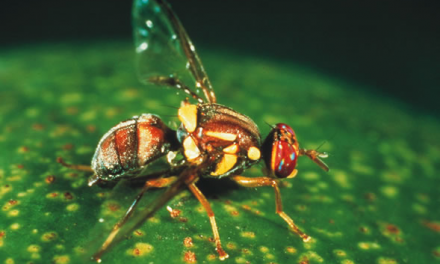What’s the connection between a boarding school and a thriving vegetable-growing business? ANDY WILSON has the answer.
Just outside the well-heeled and leafy suburb of North Adelaide stands The Wilderness School, which for 140 years has seen the education of many South Australian rural students among its city-student population.
Inside the boarding house works Tara Cobbledick who brings some flair not only to the boarders’ culinary table, but to the school’s cafe which can’t wait for its next delivery of colourful and locally grown vegetables.
After 14 years training and working in a five-star restaurant with some of the best, one could be forgiven to think Tara has slowed her pace to cook for boarders two days every week.
That’s because the rest of Tara’s time is spent alongside husband Richard on their Piccadilly farm in the middle of the Adelaide Hills.
“Because I take the produce to work from home, the farm and my kitchen job really work together,” she said.
And why wouldn’t they, when a highlight of dinner that the students often comment on is the bright colours of the vegetables?
“The boarding house likes to promote an emphasis on local produce.”
Despite the standard leek comprising the majority of the couple’s production, the novelty of Cobbledick Produce SA is the range of colourful brassicas.
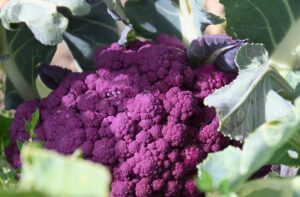
The unique purple cabbage is a hit with customers who purchase Cobbledick’s produce throughout South Australia’s providores.
When Small Farms visited the Cobbledicks in February, two machinations were already set on efficient autopilot.
A tractor at a precise and straight walking pace had no driver, and Richard and Tara were in the machinations of harvesting cauliflowers as a tight-knit duo.
It was something to watch.
Richard atop the wooden bin on the trailer as the tractor crawled along without a driver, and Tara flinging up the caulis to him gave a sense of all that’s good about small farming.
If there is a modern-day bucolic scene that John Constable would want to paint today, this would be it.
Take a step closer, and the mere romance of farming vanishes into the light of efficiency.
The couple had been up at first light and were nearing the end of harvesting that day’s cauliflower quota before moving on to the next chore.
As prearranged, they were not stopping and so the interview commenced with me standing on the back of the tractor, craning to hear the conversation above the idling motor.
“We’ve got a delivery of a few thousand leeks in the cold room and our next job for the day will be smashing them,” Richard said.
By which he means planting them out.
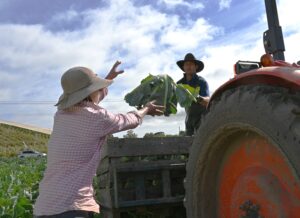
There’s no stopping on a busy Saturday morning when the cauliflowers need harvesting with Tara and Richard showing teamwork that defines this industrious duo. Tara scoffs at any notion that she is a mere ‘farmer’s wife’. We both bring things to the business that are different,” she said.
All farmers are realistic, all work long hours and most of them are down to earth, and while it’s easy to say the Cobbledicks are no different, there is a bringing together of everything that makes small farming what it is when you step from Swamp Rd onto their prospering patch of Piccadilly Valley, which has spring-fed irrigation and is a declared ‘green belt’ zone.
“It means one house, one title, that cannot be cut up and sold,” Richard explained.
Would it be tempting if it were allowed?
“On some days when an overworked head is starting to feel tired, I sometimes think ‘wouldn’t that be nice’.”
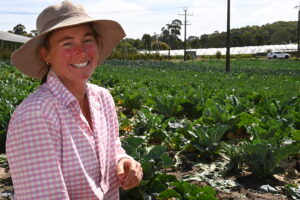
Tara Cobbledick works at a boarding school for girls in Adelaide for two days a week, supplying produce to the cafe and kitchen. “The city is only a twenty-five-minute drive away so we are ideally located here at Piccadilly.”
Apart from the colourful range of vegetables that on this morning are either going into cold store or to the roadside honesty stall in bulging paper bags, what impresses is the efficiency that Tara and Richard are willing to share.
The paradox is that to see the efficiency firsthand, you have no choice but to walk-and-talk.
It is the nearest you will get to bringing together a pastoral scene and an eye for an economy of scale.
“When we downsized, we knew we were not going to be able to compete with commercial growers with mainstream product,” Richard said.
“We have a smaller clientele, and what we like to do is build a relationship between us and our customers to be able to provide consistency.”
The clientele is the range of providores throughout the state — with some interstate occasionally — via the South Australian produce market.
“We are not there to supply everyone, but we are there to be a loyal grower for a customer.
“That doesn’t just provide customers with a product but also us with a good sale.”
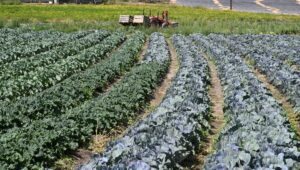
Cobbledicks Produce in South Australia’s Picadilly Valley takes advantage of three planting seasons and a tow ‘shoulder’ periods where a change in the weather has its challenges.
Richard is the sixth generation of this family farm which has seen adaptation come and go as it is needed.
One example is the decision to build their own seedling nursery to supply 80 per cent of their planted material.
“One thing about growing our own plants was to commercialise the niche crops,” Richard said.
“It’s interesting that most of the breeding for vegetables is done offshore.
“Yes, Australia has growers for the seed production but the breeding is done overseas where some comes from Holland.”
Which is no surprise as The Netherlands is the biggest exporter of seed (to the tune of 2.5 billion Euro) and has the world’s most innovative vegetable breeding programs.
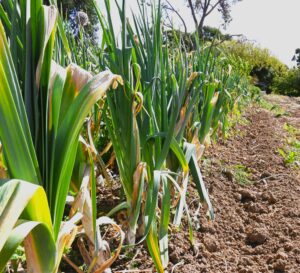
Leeks are the reliable mainstay for the farm, making up more than half of their production on a relatively small fraction of the land.
Do they hire staff?
There is an unclear answer from Richard because the point he wants to make is the economics of it all.
“We can, but at the end of the day, regardless, if you want anyone at all you have got to be efficient.”
That being said, their children Jake, 9, and Ella, 13, do help with planting seedlings.
There is much to talk about between chores, and I am grateful for the 10-minute boundary run with Richard to the top of the hill at the property’s east where a dense stand of enormous leeks can’t help themselves but keep growing.
The couple intensively plant out leeks to conserve space yet despite taking up the least amount of area, it accounts for about 60 per cent of the farm’s production.
“I know we are not even a tadpole in the river of commercial leek growers, but we have that niche.”
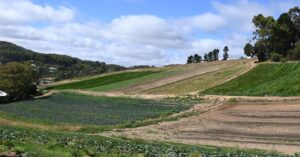
Prepared beds await that afternoon’s mammoth task of planting our several thousand leek seedlings in storage.
The couple has recently started installing a fully automated irrigation system, drawing from the spring source, with the second half of the system to be installed over winter.
When it was evident the farm was not big enough to compete for the mainstream suppliers, the couple decided to head for the yet-to-be-discovered niche range without deserting what they already knew.
“We chose everything you couldn’t get that was already in the family of the stuff we grow,” Richard said.
“We stick to a core range but within that core range there are different varieties to suit different weather timeslots: spring, summer and autumn.
“And then there are shoulder times when there’s a huge variety selection which can then become challenging, especially when you plant for spring and get summer weather and then plant for summer and get autumn weather whereupon they will bolt or stunt or they’ll just be confused and not do anything.
“All of a sudden you’ll get a warm day and bang!”
Richard said good consistent weather would be his wish if there was such thing as climate control.
“It would be lovely.”
Then seemingly on cue, the clouds cover the sun, and he looks skyward.
Efficiency comes down to making necessary decisions, such as removing the six-hectare orchard when it was not being profitable, and also the habit of the couple working as a duo.
“It’s important that we bounce ideas off each other,” Richard said.
“I can go bull-at-a-gate [with something] and if I don’t air it with Tara, then there might be an integral part of that idea that could make it succeed or fail.
And Tara is certainly not ‘just’ the farmer’s wife.
“Sometimes the female can be known as ‘oh, she married a farmer’,” she said.
With the team effort on show, it’s a point that’s already been made.
“We both bring things to the business that are different: Richard deals with the wholesale and market side; I deal with the boutique and produce box customers and we come together for growing and harvesting.”
Richard turns back to look at the leeks and the patch of land downhill from them that appears to be ready.
If he’s thinking about those several thousand leeks seedlings, he doesn’t let on.
He returns to work, and after taking a few last and lasting photographs of the crops, I look for both Cobbledicks to say goodbye.
Tara is out on the highway stocking the stall and Richard, far across an ocean of perfect rows of cabbages, turns for a parting wave.
He then turns back.
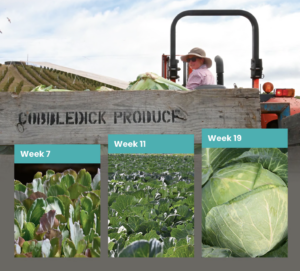
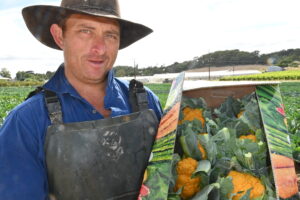
A roadside produce stall makes sense when you consider the planning and resource allocation required to run such an enterprise profitably. When it comes to employing workers, the advice is sound: “At the end of the day, if you want anyone at all, you have to be efficient.”
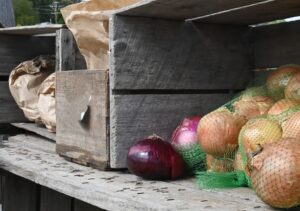
Regulars of Swamp Road who pass through the Picadilly Valley in the Adelaide Hills are familiar with the honesty produce stall which showcases everything that’s unique about Cobbledick’s farm.
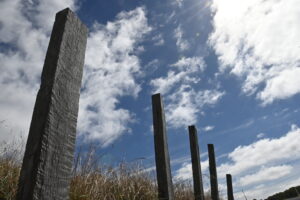
Wishing for some form of climate control, Richard is wary of reading the weather. The riskiest times for planting are the ‘shoulder’ seasons which coincide with the need for a larger variety selection. Within the core range of vegetables, there are more specific breeds that suit specific seasons. Richard said an unexpected warm day in autumn can stunt or bolt a plant. “Or they’ll just be confused and not do anything.”
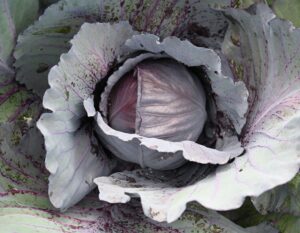
The range of cabbages, caulifowers and broccoli are all breeds of the same species: Brassica oleracea, which are bred, respectively, for a ball of leaves, a round head of tight white (or yellow or purple) flowers yet to open, or a green head of the same. Perfection of form in any well-grown brassica becomes art when a dab of anthocyanins – the red pigment created naturally – is added to the canvas.

